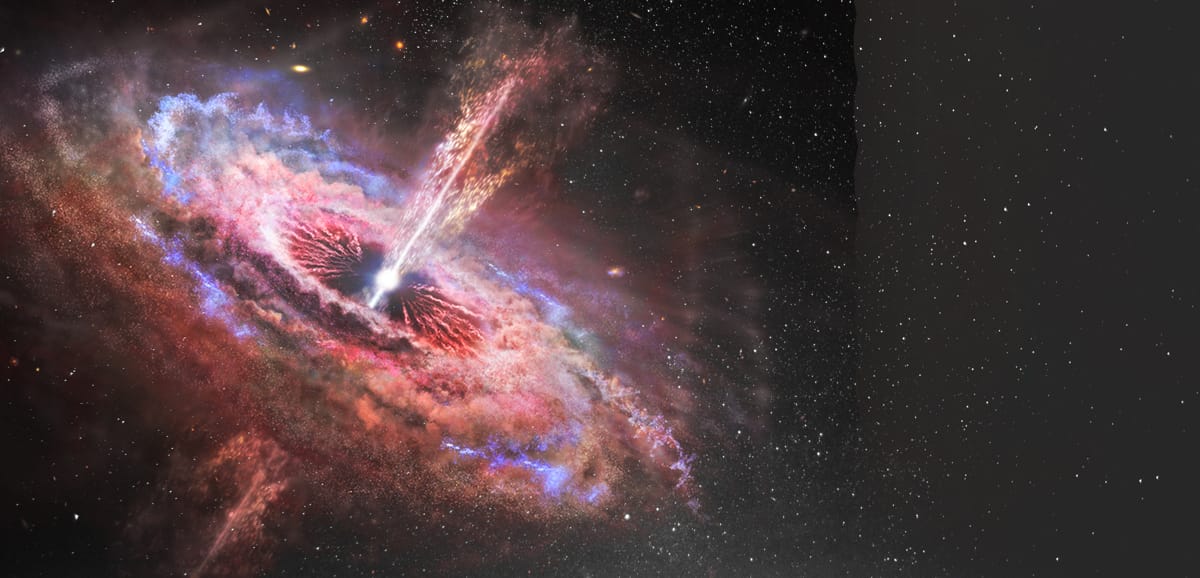Vazan, Ormel, Brouwers 2024 – A&A
https://ui.adsabs.harvard.edu/abs/2024arXiv240509900V/abstract
The characterization of Super-Earth-to-Neptune sized exoplanets relies heavily on our understanding of their formation and evolution. In this study, we link a model of planet formation by pebble accretion (Ormel et al. 2021) to the planets’ long-term observational properties by calculating the interior evolution, starting from the dissipation of the protoplanetary disk. We investigate the evolution of the interior structure in 5-20 Earth mass planets, accounting for silicate redistribution caused by convective mixing, rainout (condensation and settling), and mass loss. Specifically, we have followed the fate of the hot silicate vapor that remained in the planet’s envelope after planet formation, as the planet cools. We find that disk dissipation is followed by a rapid contraction of the envelope from the Hill/Bondi radius to about one-tenth of that size within 10 Myr. Subsequent cooling leads to substantial growth of the planetary core through silicate rainout, accompanied by inflated radii, in comparison to the standard models of planets that formed with core-envelope structure. We examine the dependence of rainout on the planet’s envelope mass, distance from its host star, its silicate mass, and the atmospheric opacity.
We find that the population of planets formed with polluted envelopes can be roughly divided in three groups, based on the mass of their gas envelopes: bare rocky cores that have shed their envelopes, super-Earth planets with a core-envelope structure, and Neptune-like planets with diluted cores that undergo gradual rainout. For polluted planets formed with envelope masses below 0.4 Earth mass, we anticipate that the inflation of the planet’s radius caused by rainout will enhance mass loss by a factor of 2-8 compared to planets with non-polluted envelopes. Our model provides an explanation for bridging the gap between the predicted composition gradients in massive planets and the core-envelope structure in smaller planets.

Summary sketch: interior evolution (x-axis) for different planetary masses (y-axis) formed with polluted envelopes. Planets can be classified into three groups regarding their interior structure: planets with massive gas envelopes that maintain part/all of their composition gradients, planets with low-mass envelopes that completed their rainout and have core-envelope structure, and planets that lost all of their gas (not shown).





